Guide to Dynamic Positioning of Vessels/Руководство по динамическому позиционированию судов
Издание на английском языке
The basic purpose of dynamic positioning of a vessel is the automatic control of the vessel position and heading. A more sophisticated definition is to maintain variations in vessel position and heading within acceptable limits, while achieving minimum thruster activity.
This chapter considers the factors:
- Vessel motion
This is the dynamics of a free floating vessel in an offshore marine environment.
- Control system
This is a review of the control loop of force and moments: sensing counteraction to force. The forces and moments are environmental plus task related i.e. pipe tension.
- Operational modes
Each vessel is supplied with several different modes of operation.
The difference between the modes is the level of control available and how the position, heading speed and set points are generated. The combination of modes provided for a vessel depends upon its role. Thus, a cable laying vessel will need Auto Track mode, which will not be required for a drilling platform.
A DP system is usually a combination of a position control system and a heading control system.
A position control system uses the vessel's position measurement equipment (PMEs) and operator commands as inputs. The control system then provides commands to the thrusters to maintain the position of the vessel at the desired location. This is a feedback control system.
A heading control system uses the vessel's compass as the input to maintain the heading of the vessel in response to the environmental elements (forces) and operator commands.
Contents
1 Chapter 1 Dynamic Positioning of Vessels (DP) - Principles
Introduction
Vessel Motion
Forces
Counterforces
Thruster Configurations
Minimum Thrusters
Other Thruster Configurations
Control System
Operational Modes
Joystick Manual Heading (JSMH)
Joystick Auto Heading (JSAH)
Dynamic Positioning (DP)
Dynamic Positioning, Minimum Power
Remotely Operated Vehicle Follow (ROV Follow)
Auto Track
Auto Pilot
Auto Sail
Auto Speed
Shuttle Tanker Pickup
Shuttle Tanker Approach
Shuttle Tanker Loading
Shuttle Tanker Fixed Loading
Riser Follow
Heading Control for Anchor Moored Vessels
Manual Assist
Auto Assist
Damped Assist
Simulation
Model Control
2 Chapter 2 Equipment Selection
Introduction
Thrusters
General Thruster Configuration Advice
Thruster Size
Thruster Response and Accuracy
Prediction of Output Thrust
Thruster Modes
Bias Mode
Fixed Mode
Push/Pull Modes
Types of Thrusters
Propellers
Rudders
Tunnel Thrusters
Azimuth Thrusters
Other Thruster Systems
Sensors
Gyrocompass
Vertical Reference Unit (VRU)
Anemometer
Doppler Log
Position Measurement Equipment (PME)
Introduction
Taut Wire
Radio Systems
Artemis
Global Positioning System (GPS)
Differential GPS
Relative GPS
Other Satellite Systems
Other Radio Position Systems
Syledis
Microfix
Trisponder
Argo
Hydro Acoustics
Basic Features
Long Baseline
Short Baseline
Ultra Short Baseline
Long and Ultra Short Baseline
Specific Applications for Acoustics
Drilling
ROVs
Laser Systems
CyScan
Fanbeam™
Navigational Systems
NMEA Messages
3 Chapter 3 Vessel DP Solutions
IntroductionCommon DP Needs
Common ICS Needs
The DP Requirements of Standard Vessel Types
Cable Laying
Diving Support
Dredger
Drilling
Fire Fighting
Floating Production Storage and Offloading Units (FPSO)
Lifting Vessels
Passenger Vessels
Pipelay
Shuttle Tankers
Surveying
Utility - tugs, supply
4 Chapter 4 A Series
A Series Product Range
Typical ADP System Supply
ADP Console
Display Unit
Control Panel
Control Processor
PME Console
AOT (Operator Terminal) Portable Joystick
Sensors
PMEs
Outstations
Hardware Configurations
Simplex non-redundant control (ADP11 or ADP12)
Duplex redundant control (ADP21 or ADP22)
Triple voting (ADP32 or ADP32)
IMO Class 3 (ADP31 or ADP32)
ADP Operational Facilities
Operator Interface
Control
Indicators
Data Input
Display Structure
Motion Display
Vessel, PME and Weather Displays
Movement Control
Display Options
Mimic Indices
Control Modes
Thruster Control
Thruster Feedback
Thruster Demands
Thruster Select
Barred Zones
Gain Control
Fast Learn
Power Management
Sensors
PME Handling
Lat/Long Setup
PME Data
COR Select
PME Weightings
Coordinate Setup
Taut Wire
PME Data
Position Fix Repeatability
PME Median Check
Alarms, Logging and Trending
Alarms
Real Time Trends
Power Trends
Consequence Analysis
Training
Trialling Facilities
Capability Plot
Trial of Conditions for Consequence Analysis
Facilities for Special Vessel Types
Drilling Platforms
Cable and Pipelaying Vessels
Auto Slowdown
Shuttle Tankers
Anchor Moored Vessels
Anchor Setup
Force Vectors
Anchor Measurements
Anchor Tensions
Glossary
Index
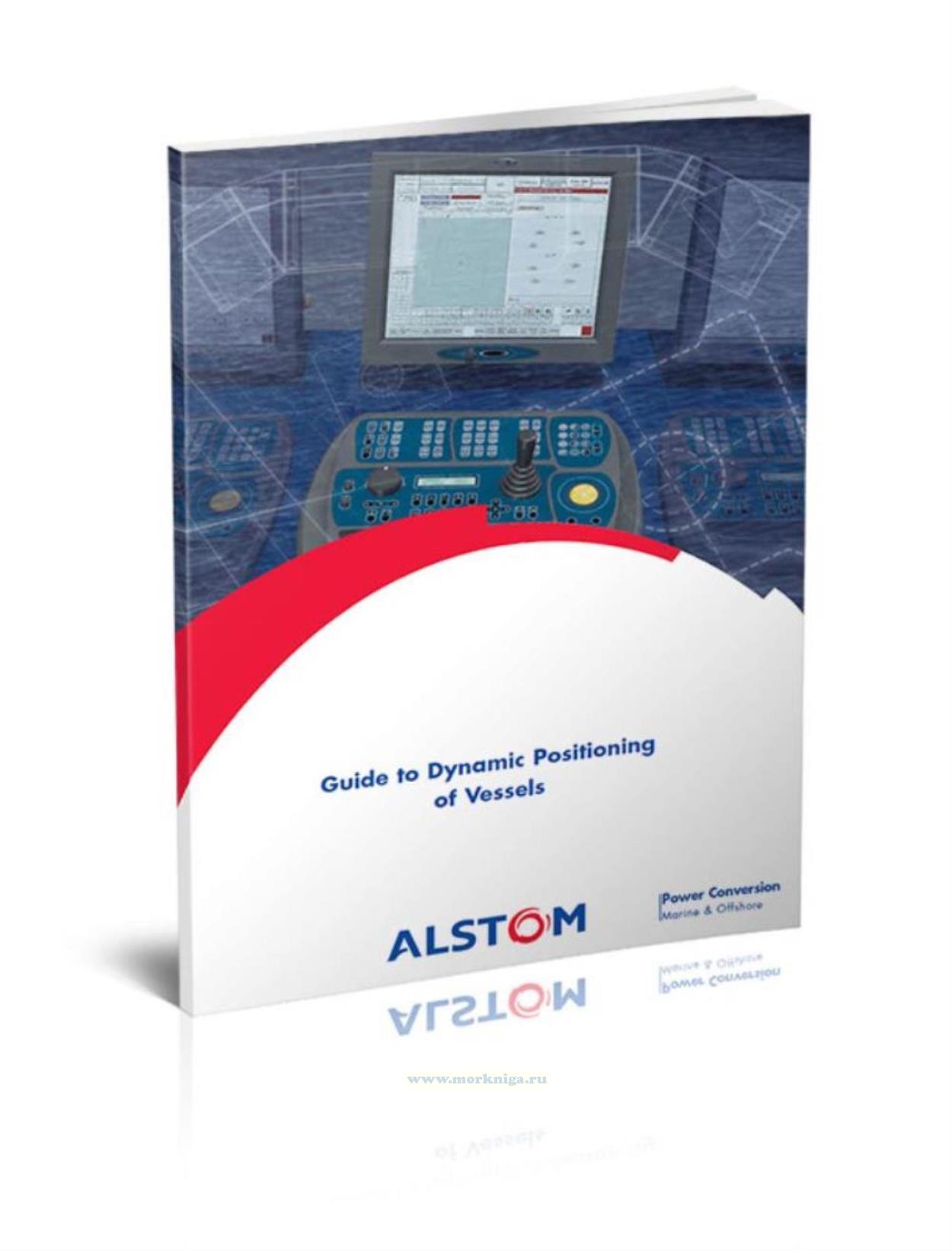
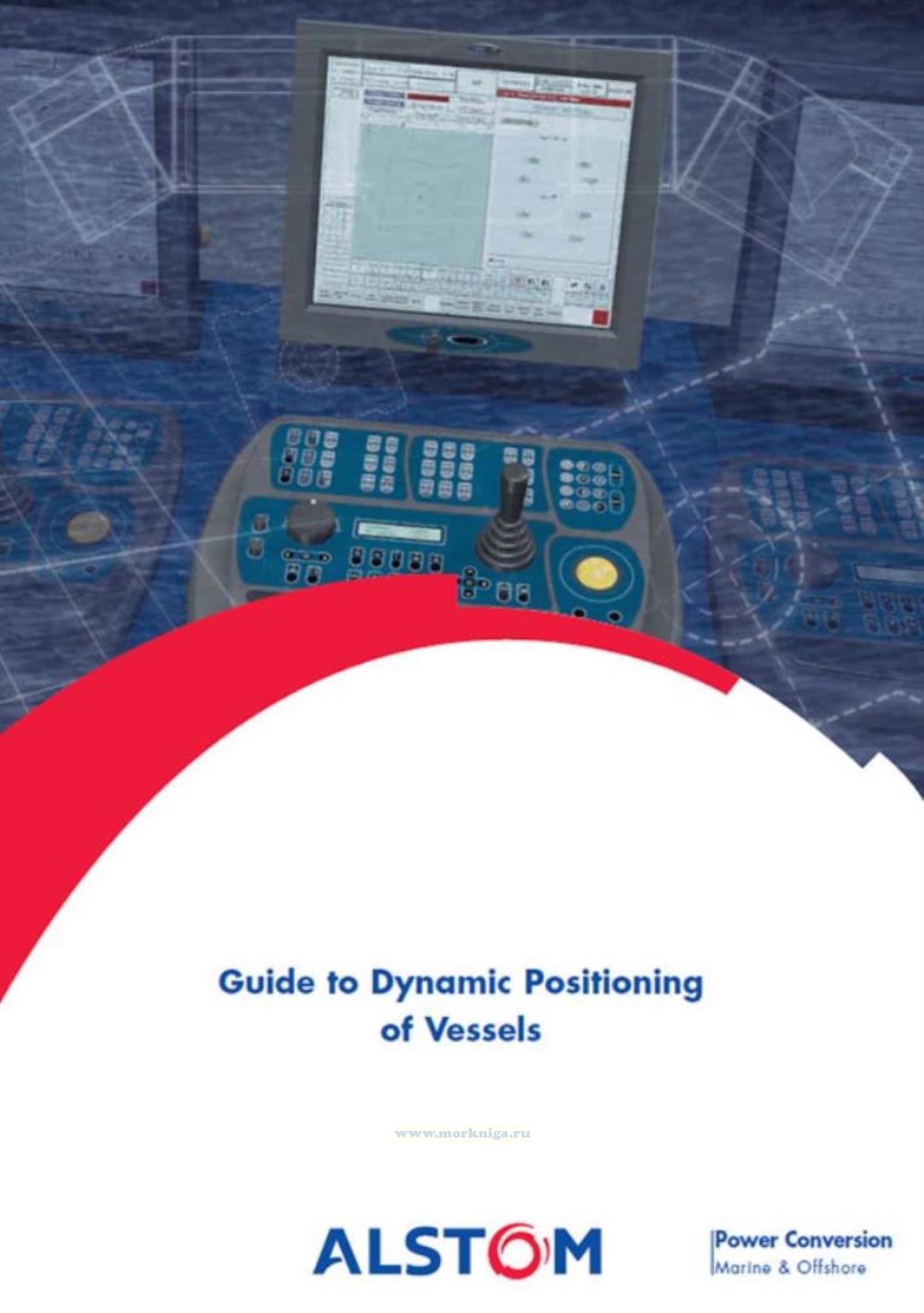
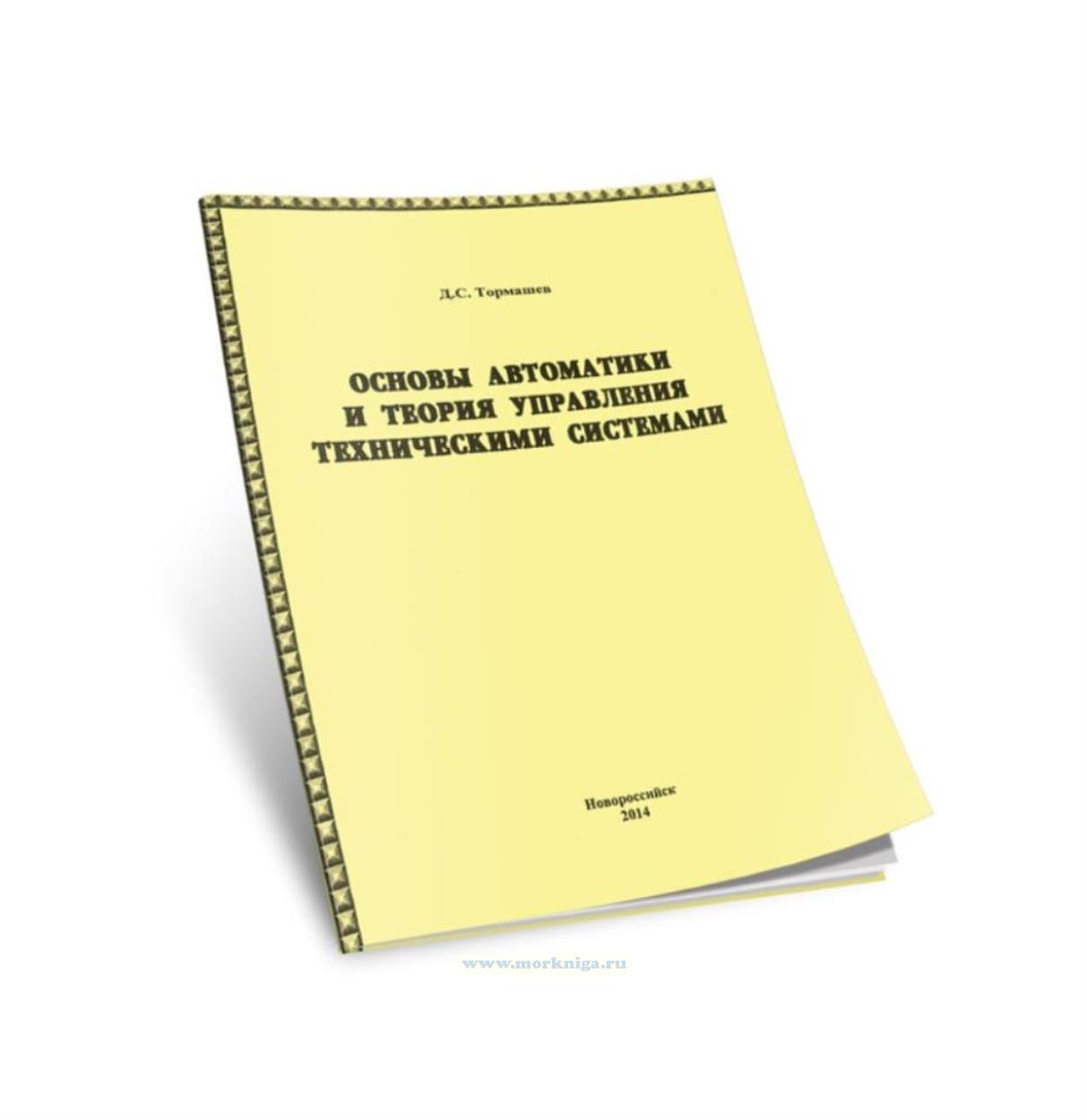 Основы автоматики и теория управления техническими системами
Основы автоматики и теория управления техническими системами 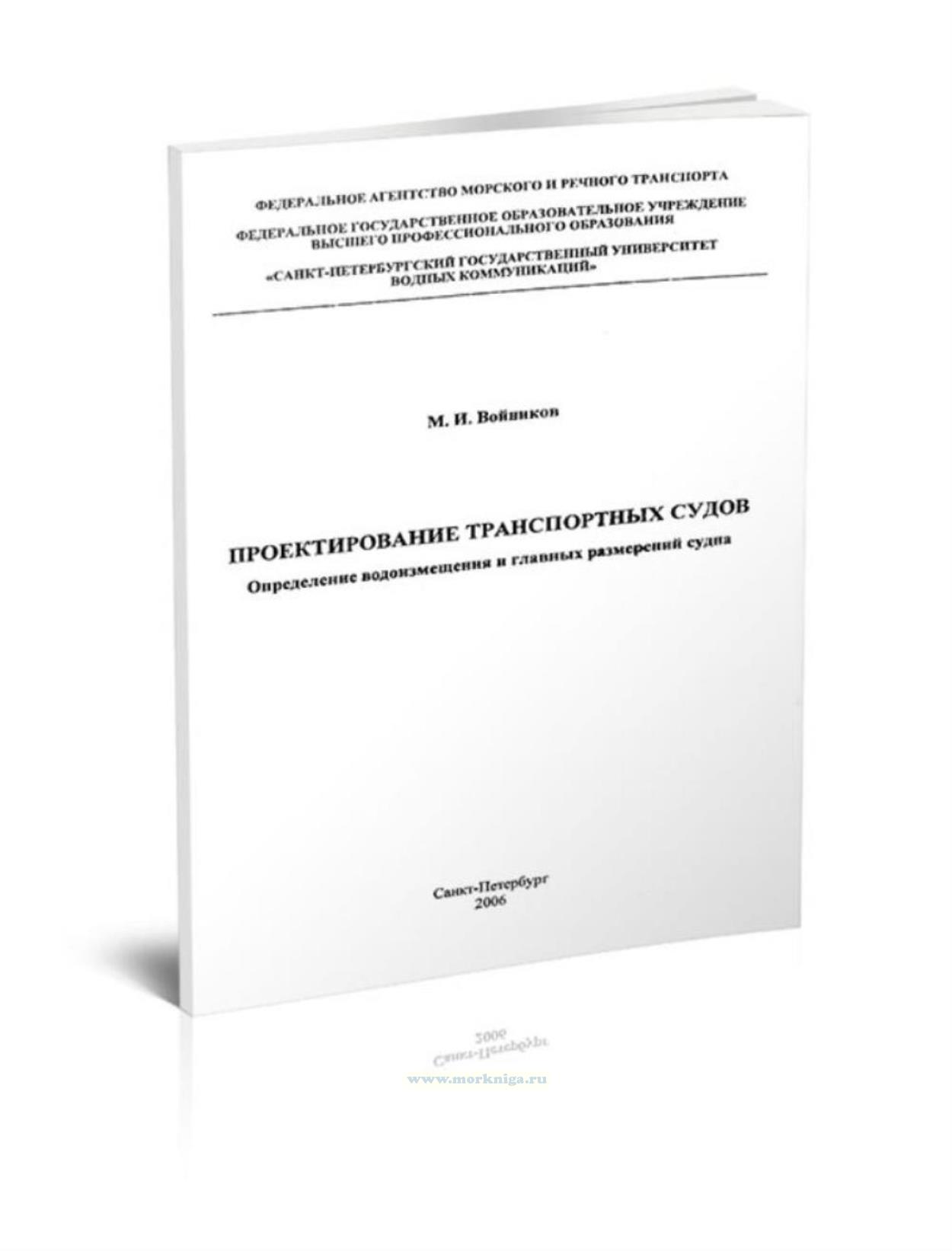 Проектирование транспортных судов. Определение водоизмещения и главных размерений судна
Проектирование транспортных судов. Определение водоизмещения и главных размерений судна 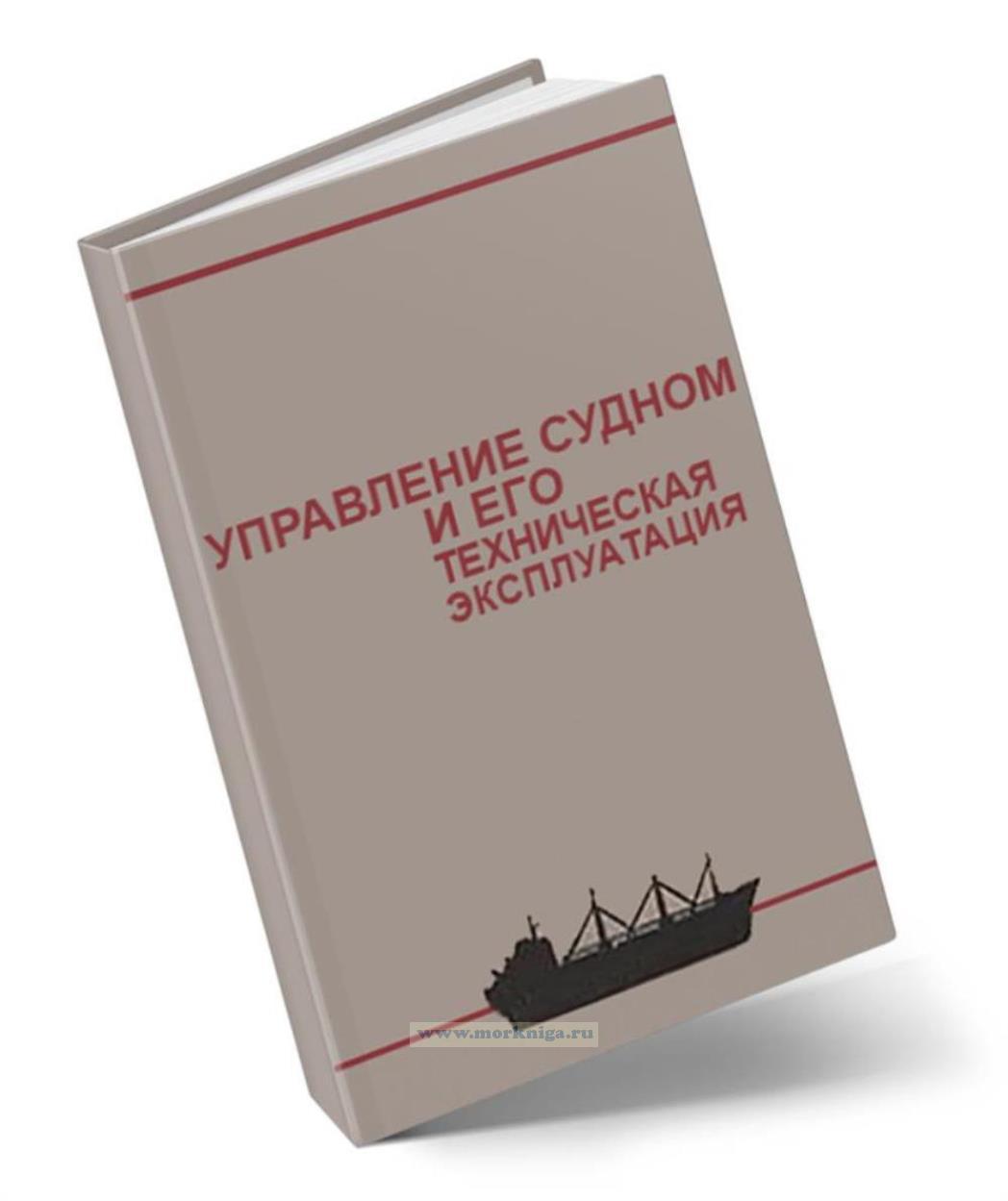 Управление судном и его техническая эксплуатация
Управление судном и его техническая эксплуатация